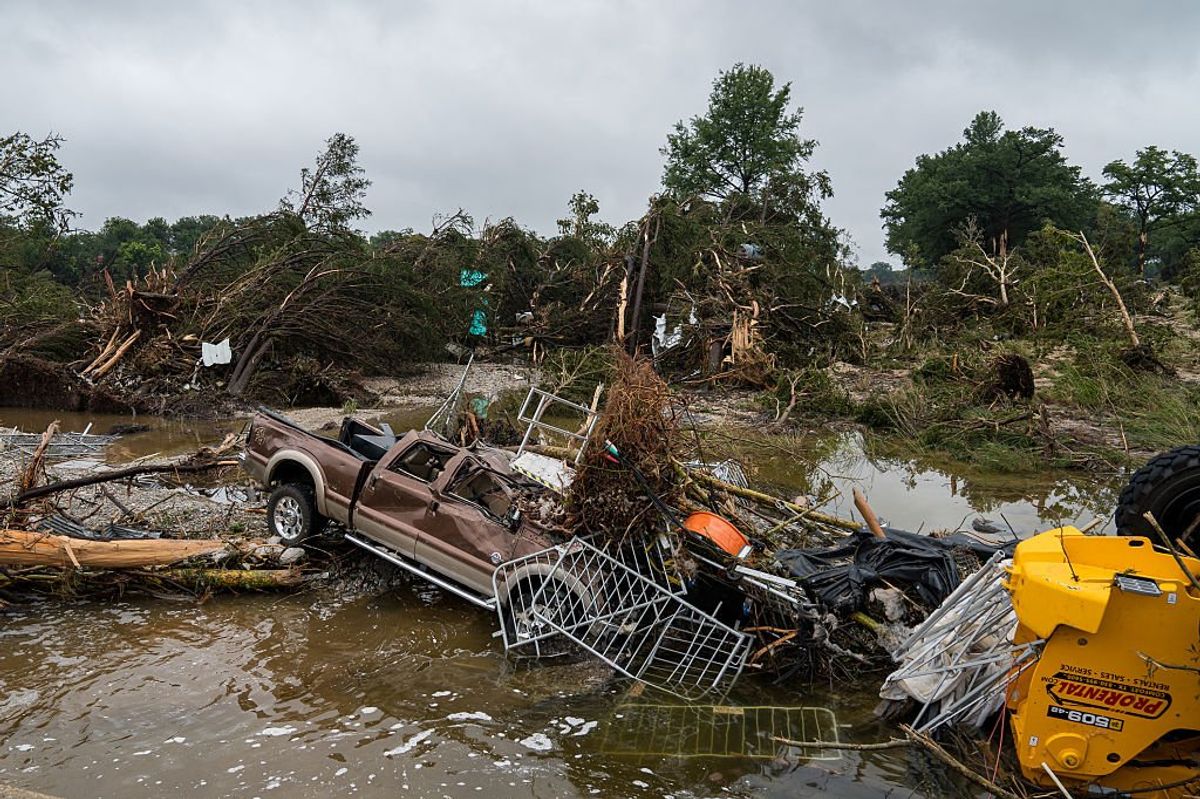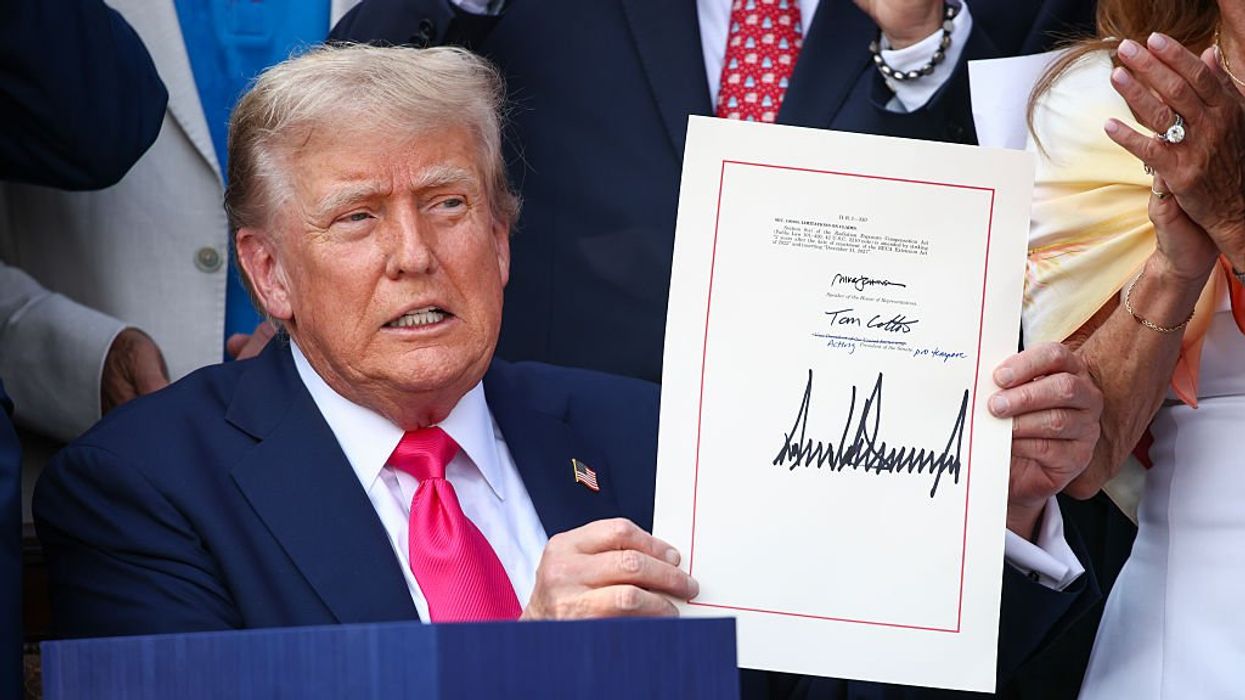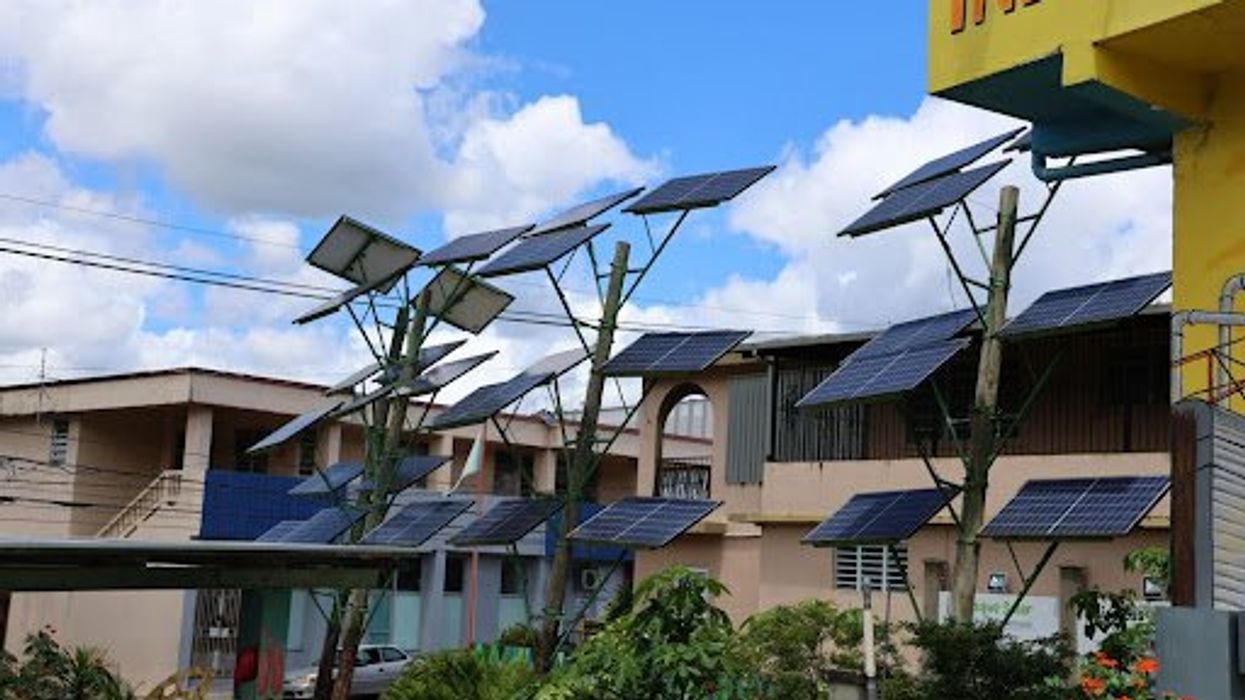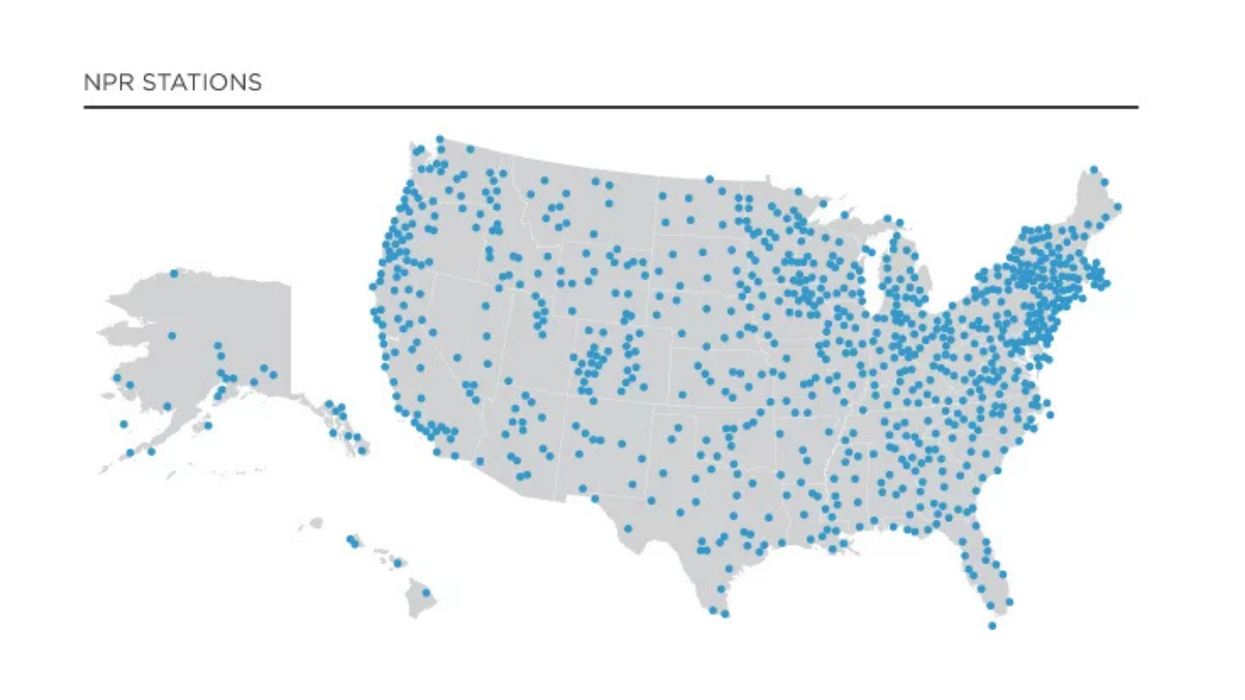Long before President Trump’s second inauguration in January, it was clear that the Project 2025 blueprint for his administration’s Department of Defense would lead to executive overreach and would make the United States less safe. Aspects of the plan called for overstepping constitutional boundaries, engaging in an overtly partisan approach, and undermining congressional authority.
So, over two months into the second Trump presidency, how closely is his administration following the plan? Close enough that the director of the project, Paul Dans, has said that Trump’s actions are proving to go “ way beyond my wildest dreams ”. What does that look like?
A National Emergency at the Southern Border
One of the many actions issued on day one of Trump’s current presidency was “ Declaring A National Emergency At The Southern Border Of The United States.” This was a clearly defined goal of Project 2025, and though it is laid out in the chapter on the Department of Homeland Security, it calls for the Department of Defense to:
“Assist in aggressively building the border wall system on America’s southern border. Additionally, explicitly acknowledge and adjust personnel and priorities to participate actively in the defense of America’s borders, including using military personnel and hardware to prevent illegal crossings between ports of entry and channel all cross-border traffic to legal ports of entry.”
Consequently, Trump’s January 20th action calls for the Secretary of Defense to deploy the military to support the Secretary of Homeland Security in securing the southern border, including:
· Providing detention space, transportation (such as aircraft), and other logistical support for civilian law enforcement operations.
· Taking immediate action to construct additional physical barriers along the southern border.
· Revising policies and strategies to prioritize preventing unauthorized physical entry of individuals across the southern border.
· Ensuring that use-of-force policies prioritize the safety and security of Department of Homeland Security personnel and members of the Armed Forces.
Addressing Culture Wars
One of the most specific goals laid out by Christopher Miller, former Secretary of Defense and author of the Department of Defense chapter of Project 2025, was to kick transgender individuals out of the military. He called to:
“Restore standards of lethality and excellence. Entrance criteria for military service and specific occupational career fields should be based on the needs of those positions. Exceptions for individuals who are already predisposed to require medical treatment (for example, HIV positive or suffering from gender dysphoria) should be removed, and those with gender dysphoria should be expelled from military service.”
In “ Prioritizing Military Excellence And Readiness ”, issued on January 27th, Trump ordered that it be “the policy of the United States Government to establish high standards for troop readiness, lethality, cohesion, honesty, humility, uniformity, and integrity. This policy is inconsistent with the medical, surgical, and mental health constraints on individuals with gender dysphoria. This policy is also inconsistent with shifting pronoun usage or use of pronouns that inaccurately reflect an individual’s sex.”
A New ‘Star Wars’ For a New Generation
One of the primary goals listed in the Project 2025 DOD section is to champion the benefits of missile defense.
“Invest in new track-and-intercept capabilities ... Accelerate the program to deploy space-based sensors that can detect and track missiles flying on nonballistic trajectories.”
In quick fulfillment of this recommendation, Trump issued “ The Iron Dome for America ” Executive Order on January 27, just one week into his presidency. It calls upon the Secretary of Defense to provide the President, within 60 days, a reference architecture, capabilities-based requirements, and an implementation plan for the next-generation missile defense shield.
Reinstating COVID Vaccination Refusers
Another very specific goal of Project 2025 was to “reinstate servicemembers to active duty who were discharged for not receiving the COVID vaccine, restore their appropriate rank, and provide back pay.”
In the Executive Order “ Reinstating Service Members Discharged Under The Military’s COVID-19 Vaccination Mandate,” Trump ordered exactly that be done, ordering the Secretary of Defense to “make reinstatement available to all members of the military (active and reserve) who were discharged solely for refusal to receive the COVID-19 vaccine and who request to be reinstated ... enable those service members reinstated under this section to revert to their former rank and receive full back pay, benefits, bonus payments, or compensation.”
Kristina Becvar is co-publisher of The Fulcrum and Executive Director of the Bridge Alliance Education Fund.



















